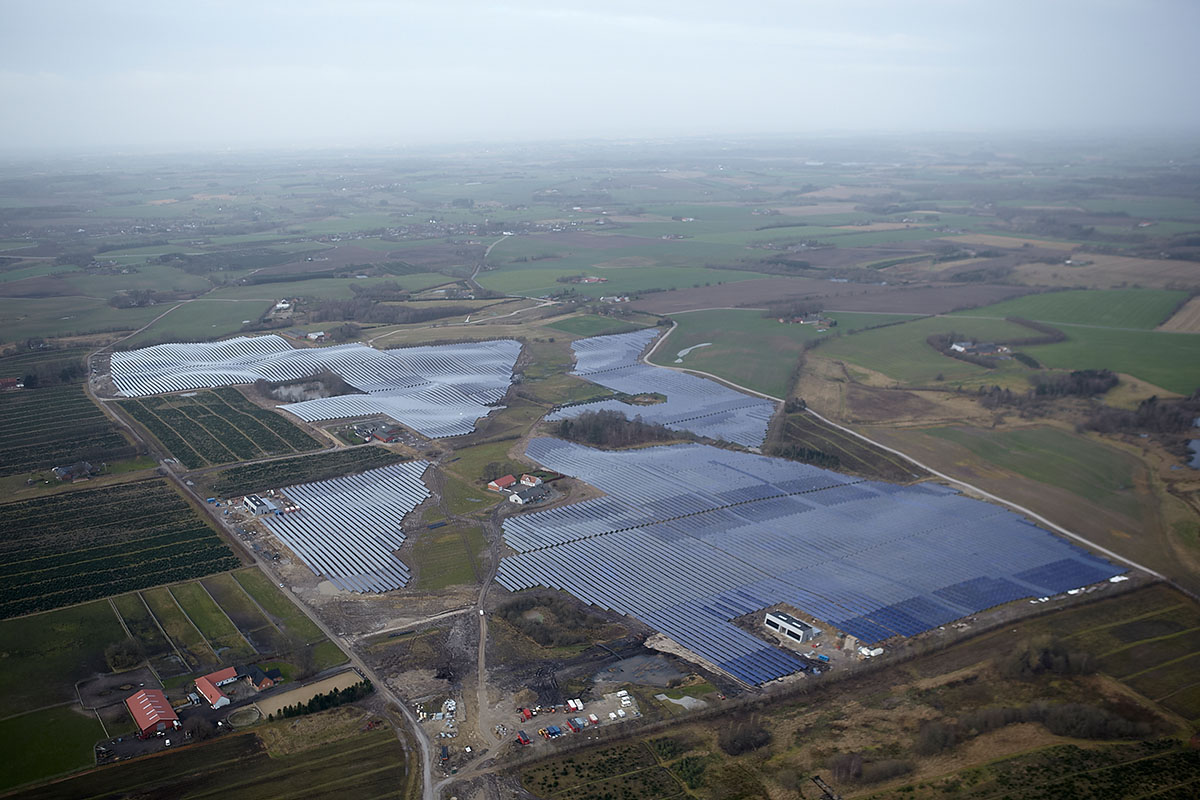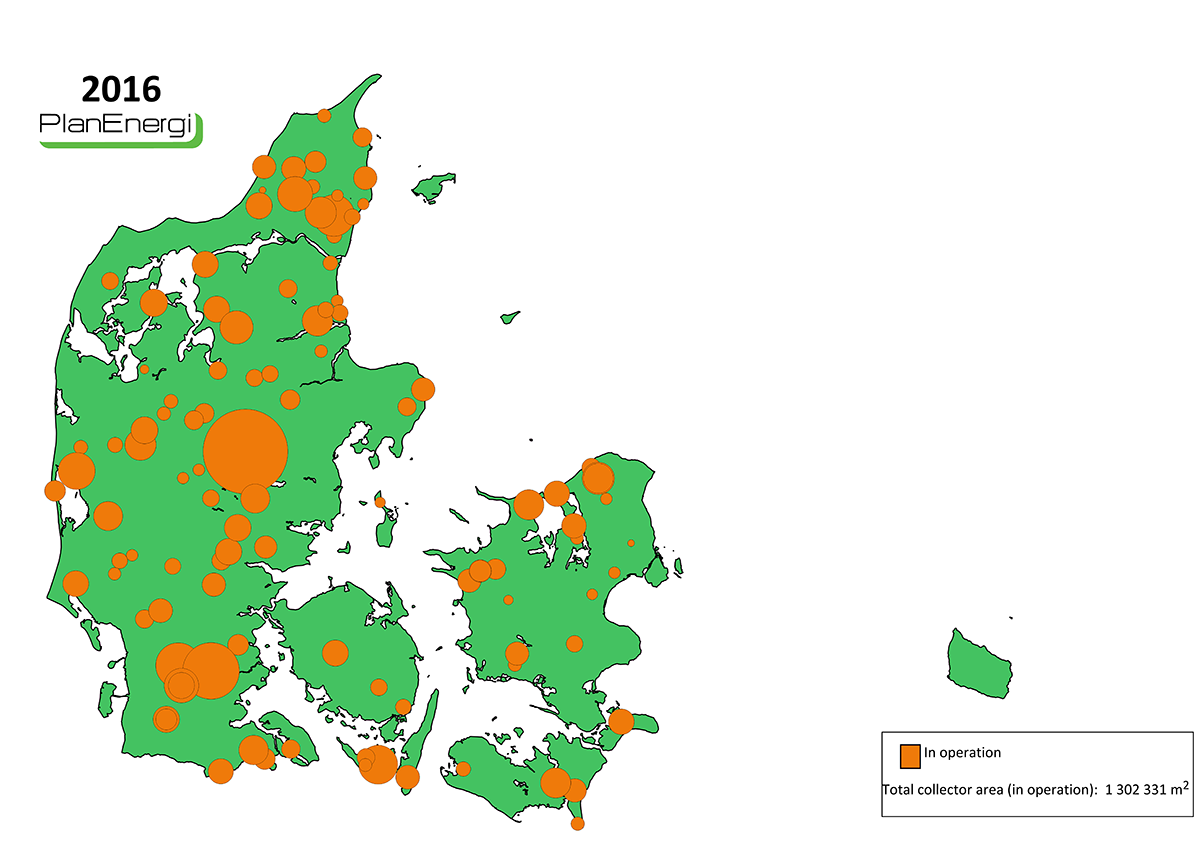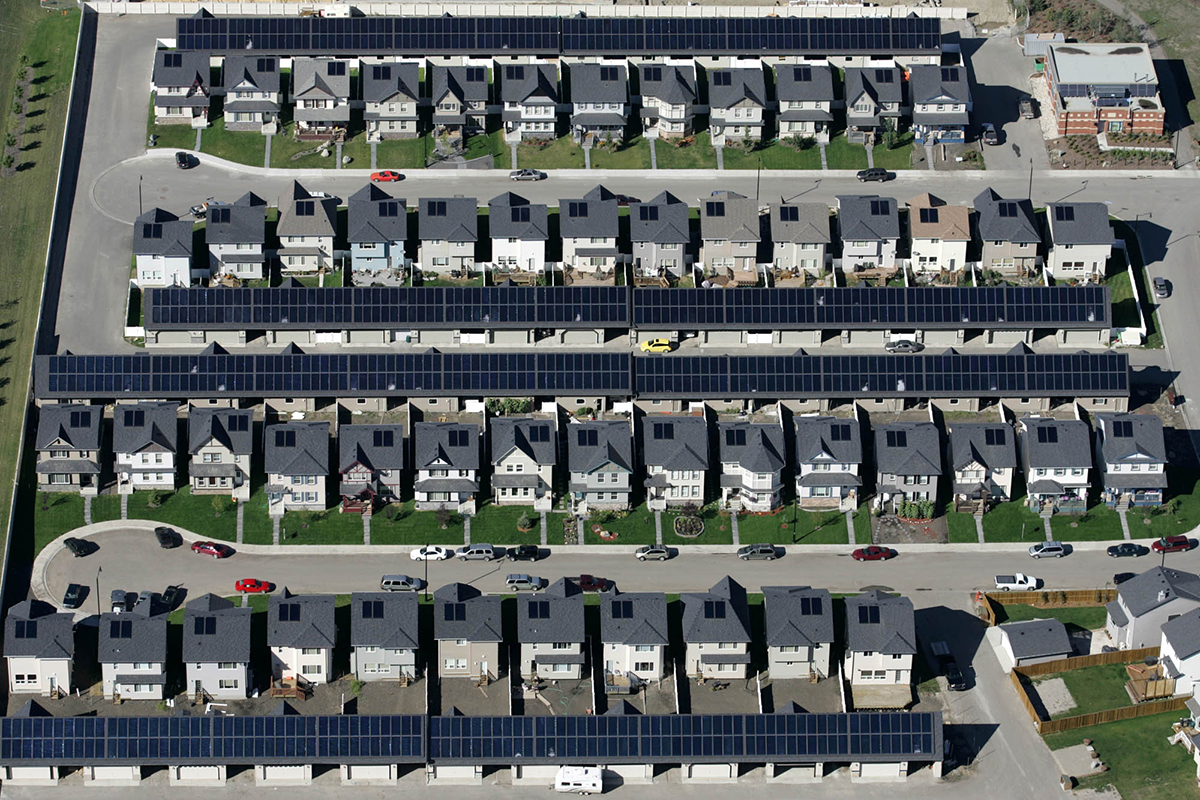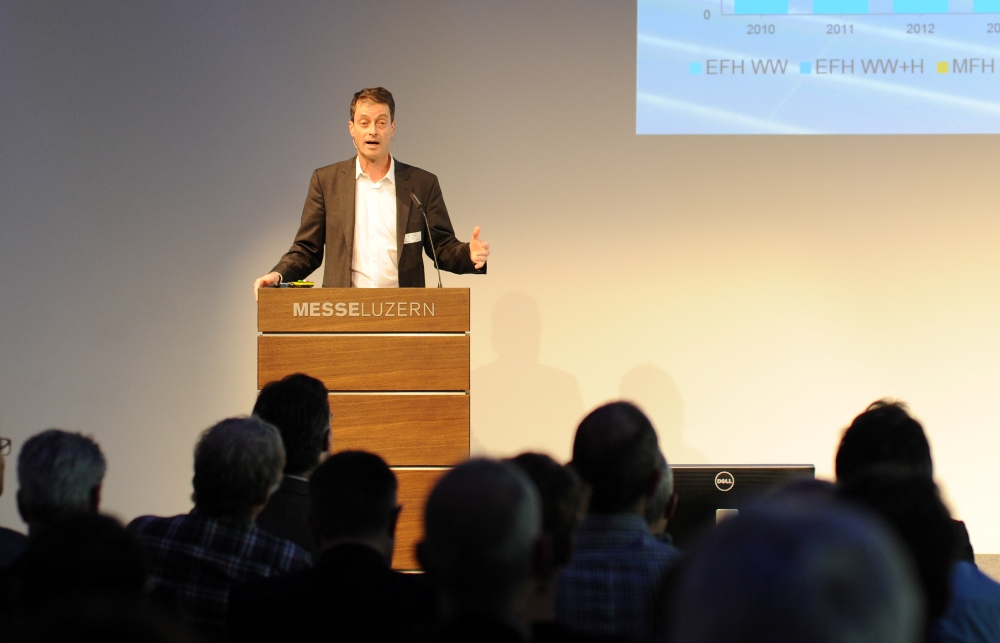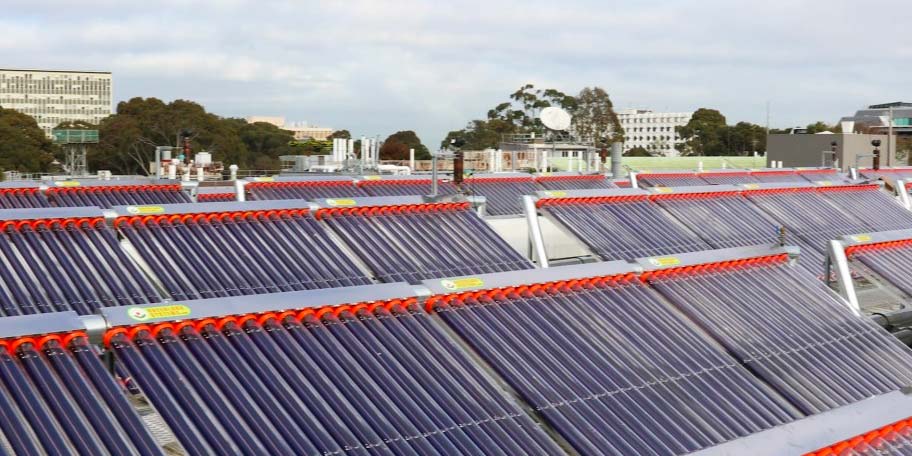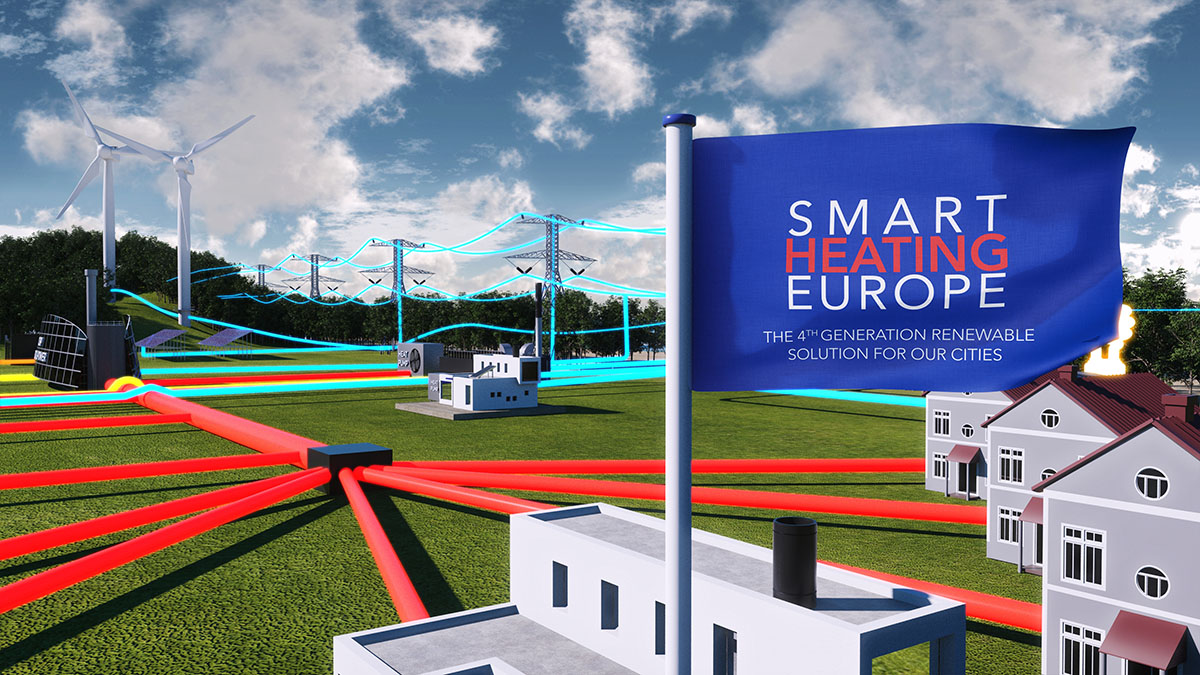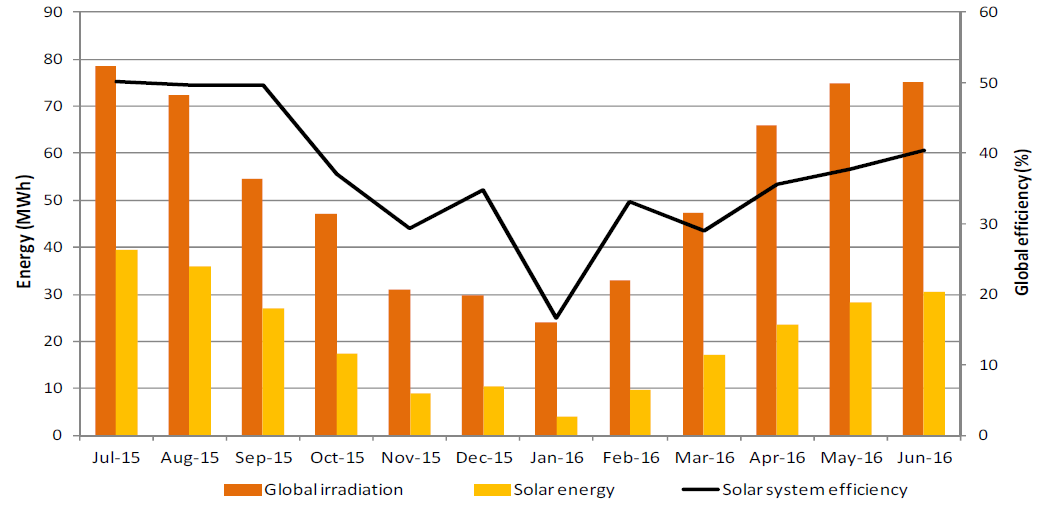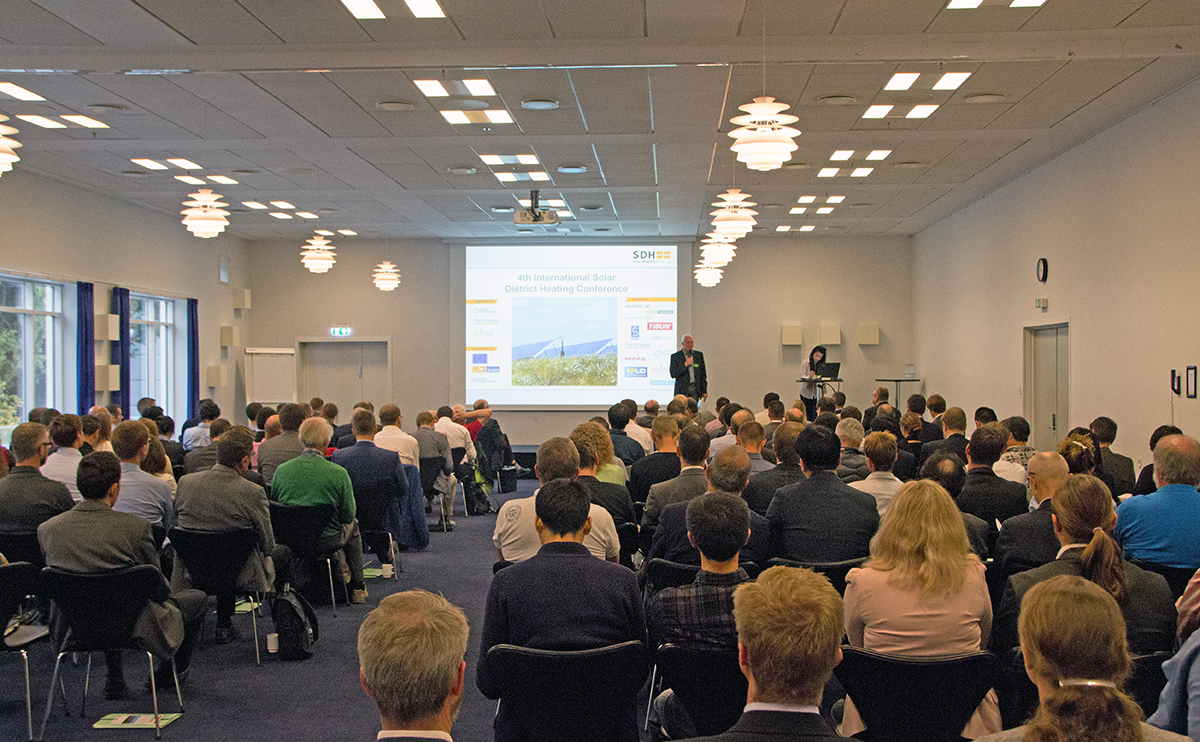Silkeborg: Record-breaking solar district heating plant in operation
The contract between Silkeborg Forsyning and Arcon-Sunmark was signed in February 2016. In May the construction began, and at the end of December the installation was put into operation.
Source: Arcon-Sunmark
